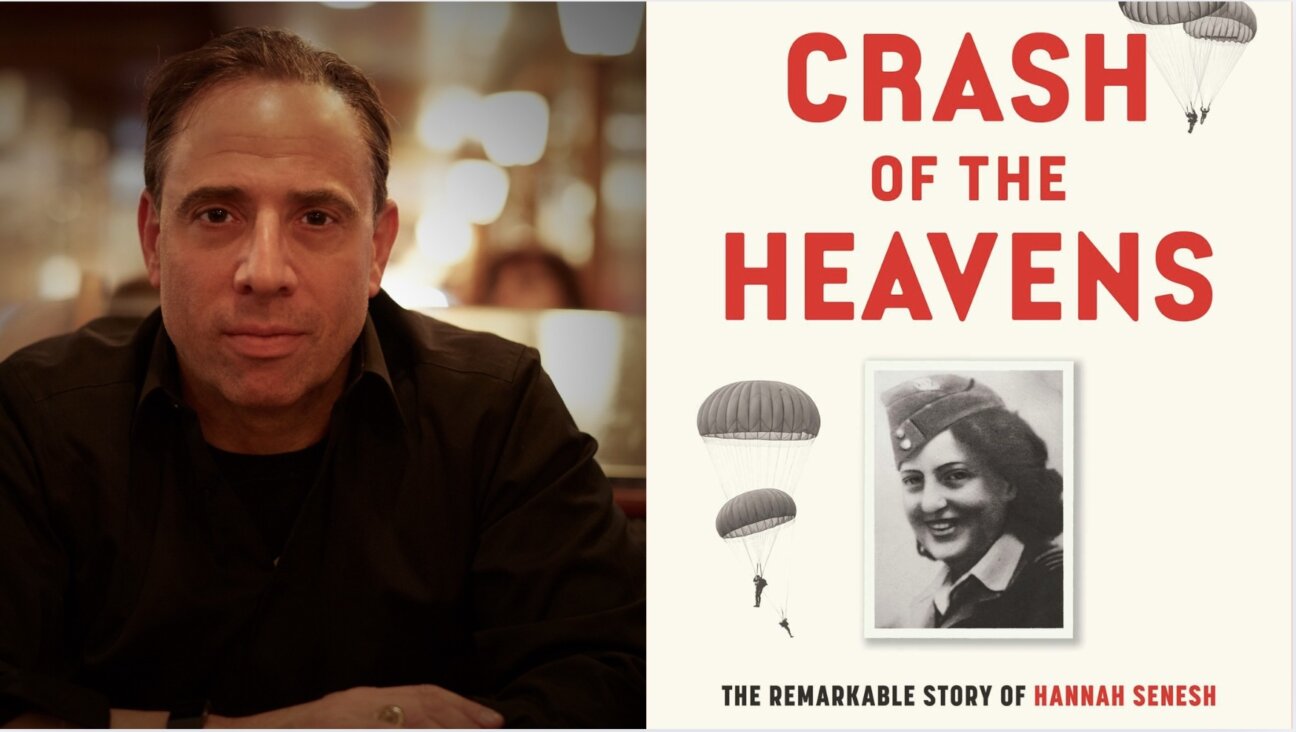Brit-Lit’s ‘Magical Jewess’
As a devoted fan of BBC period dramas and a rabid consumer of British literary culture, the period between January and May when PBS airs “Masterpiece” classic is my favorite TV season. Just last week PBS finished broadcasting the brand-new relaunch of the beloved series “Upstairs Downstairs.” The new series was basically a long pilot — only three episodes long — but it was jam-packed the requisite secrets, lies, intrigue and blatant sentimentality. It also provided an unwavering look at the attraction of the British aristocracy to Nazi ideals as well as the tension in the streets during the brief rise of fascist demagogue Oswald Mosley.
As royal wedding mania descended upon us, I was happy to see the BBC acknowledging that beneath the glamour and glitz that we love about the British gentry, there are some very unpleasant strains of racism and xenophobia (and I never forget that British literary culture gave us Shylock, Fagin and Melmotte as well as Hamlet, David Copperfield and Lizzy Bennet.
“Upstairs Downstairs” also had a Jewish character, named Rachel, a beautiful and kind woman who fled Hitler’s Germany and her formerly comfortable life to go “into service” in England; there, she may be degraded, but at least she’s free.
Rachel is beloved by her fellow servants and even the less fascist-friendly of the “upstairs folks.” Her sweet disposition and forbearance and sense of justice touches everyone. Yet they can’t save her from a tragic fate, although they all join forces on behalf of her orphan daughter.
I loved the character, but she did remind me quite a bit of other saintly Jewesses in British literature and film adaptations thereof: specifically the gorgeous, virtuous and desperate Rebecca in “Ivanhoe,” and the gorgeous, virtuous and desperate Mirah in “Daniel Deronda,” both of whom inspire the titular heroes to feats of rescue — and to lead better lives. These characters are certainly meant to counteract some nasty anti-Semitic characters, and were probably made extra-pure because of the prejudice they’d face.
Rachel and her cohorts made me wonder if there’s a stock “magical Jewess in distress” character in British culture. And if so, does she serve a similar function to the “magical African-American friend” in American culture, who shows up to help the white hero or heroine achieve self-actualization —or to the “manic pixie dream girl,” a more recent stock character in film.
Of course, none of these stock characters are not even close to directly parallel, but it’s an interesting trope to ponder. It’s certainly true that in many ways Jewish characters in British culture serve similar functions as black characters in American cultures: outsiders meant to throw a stagnant or decaying or corrupt dominant culture into relief (but never to supplant it).
What do you think, Sisterhood readers? Do you buy my theory?

















